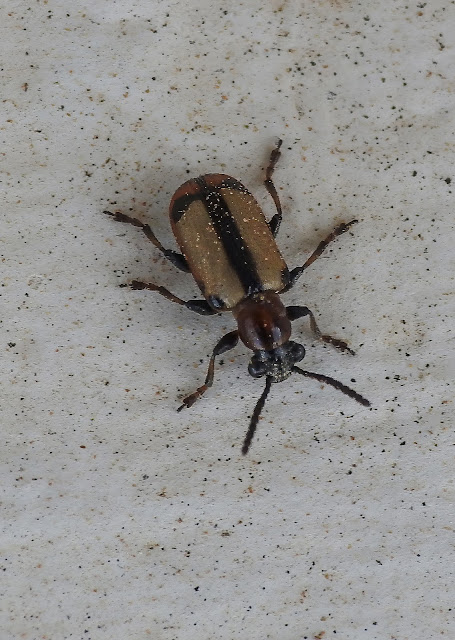Danaus chrysippus, also known as the plain tiger, African queen, or African monarch, is a medium-sized butterfly widespread in Asia, Australia and Africa. It belongs to the Danainae subfamily of the brush-footed butterfly family Nymphalidae. Danainae primarily consume plants in the genus Asclepias, more commonly called milkweed. Milkweed contains toxic compounds, cardenolides, which are often consumed and stored by many butterflies. Because of their emetic properties, the plain tiger is unpalatable to most predators. As a result, its colouration is widely mimicked by other species of butterflies. The plain tiger inhabits a wide variety of habitats, although it is less likely to thrive in jungle-like conditions and is most often found in drier, wide-open areas.
D. chrysippus encompasses three main subspecies: D. c. alcippus, D. c. chrysippus, and D. c. orientis. These subspecies are found concentrated in specific regions within the larger range of the entire species.
The plain tiger is believed to be one of the first butterflies depicted in art. A 3,500-year-old ancient Egyptian fresco in Luxor features the oldest known illustration of this species.
D. chrysippus is a medium-sized butterfly with a wingspan of about 7–8 cm (2.8–3.1 in). The body is black with white spots. The wings are a brownish orange, the upper side brighter and richer than the underside. The apical half of the forewing is black with a white band. The hindwing has three black spots in the centre. The wings are bordered in black and outlined with semicircular white spots. This species exhibits slight sexual dimorphism, as the male has large scent glands on his hindwings, which the female lacks. They appear as a large black spot with a white centre if viewed from the underside
D. chrysippus is a polymorphic species, so the exact colouring and patterning vary within and between populations.
It is similar in appearance to the Indian fritillary (Argynnis hyperbius), which may coexist with it.
The plain tiger is found across the entirety of Africa, where the predominant subspecies is D. c. alcippus. Its range extends across the majority of Asia throughout Indian subcontinent, as well as many south Pacific islands. The plain tiger is even present in parts of Australia. D. c. chrysippus is most common throughout Asia and in some select regions in Africa, while D. c. orientis is present in more tropical African regions as well as some African islands, including Madagascar and the Seychelles.It is also found in Southern Europe and Kuwait. These insects are considered bioinvaders in North America.
The plain tiger prefers arid, open areas, and is found in a variety of habitats, including deserts, mountains, deciduous forests, and human-tended gardens in cities and parks. It is comfortable at altitudes ranging from sea level to around 1,500 m (4,900 ft).






%201.jpg)
%202.jpg)


%201.jpg)
%202.jpg)
%203.jpg)



















%20(Alcedo%20atthis)%2020.jpg)
%20(Alcedo%20atthis)%2022.jpg)
%201.jpg)
%201.jpg)
%201.jpg)
%201.jpg)


